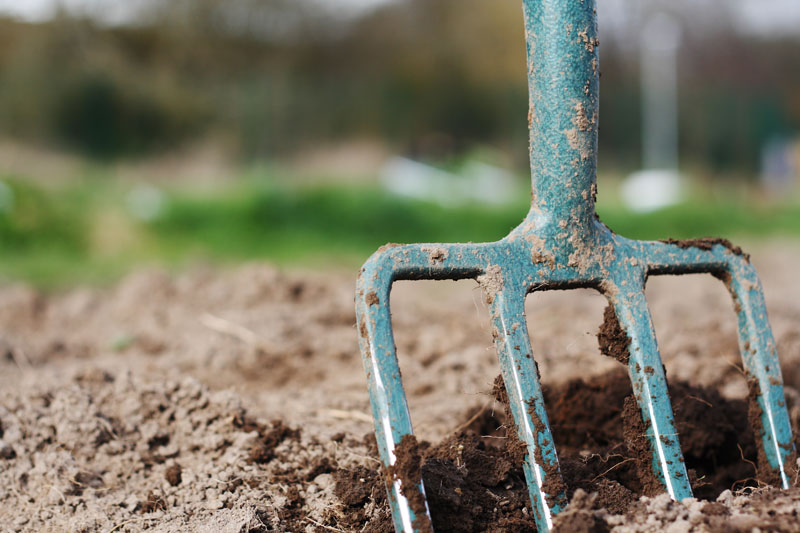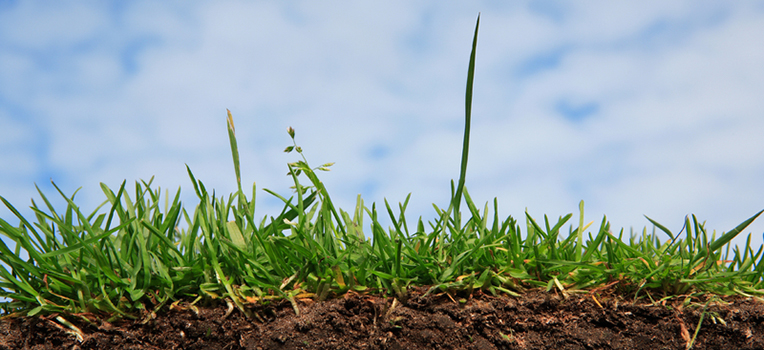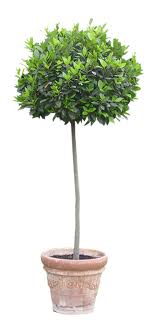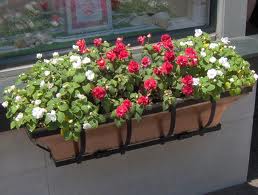Have you ever wondered if you could pull off a double-digging project for your garden?
Well this article is going to show you how we do it for our clients.
If you’ve got an area of soil that you’ve felt needed some TLC and would be the perfect spot if only it could be fixed then don’t despair.
Really.
If you are willing to get your hands dirty and put in some effort you might be able to realize this dream.
What Is Double-Digging?
What exactly is double-digging you ask?
It is the process of loosening the soil about a foot underground to help make the ground loose enough for your plant roots to easily grow and expand. It adds air deep down into the soil and really enables the root system to grow.
Why Should You Do It?
The fact is, beets, carrots, potatoes and other root crops need the soil they grow in to be loose so that their roots can grow deep and expand.
Many consider double-digging as the most important step towards a healthy, vibrant and productive garden.
Here’s how to do it.
1) Start At One End
Starting at one end of your garden, dig a 1′ x 1′ foot deep trench across the garden bed’s width.
Don’t throw away the dirt you remove. Set it in a pile or in a container for just a moment.
2) Use a Garden Fork
Using a garden fork or similar tool with pines, go along the trench and loosen the dirt. Really make sure it’s loose and fluffy.
3) Dig a Second
Now, dig a second trench just like the first. However, take the soil you remove and place it back into the first trench.
Again, using a fork, loosen the dirt at the bottom of the second trench. This will help.
4) One More Trench
Dig yet another trench and take the dirt you remove and place it into the second trench. Keep going until you reach the end of the garden bed.
Once you’ve reached the end take the soil from the first trench and use it to fill in the final trench.
Whew! All done.
There is no doubt about, this is not easy work but the payoff is invaluable. Your garden will thank you by producing far better crops then if you don’t do this with a garden bed that is hard and dense.
Remember, we service the South Surrey area if you ever need a quote.





 There are numerous people who get quite upset and frantic about how to care for their
There are numerous people who get quite upset and frantic about how to care for their 
